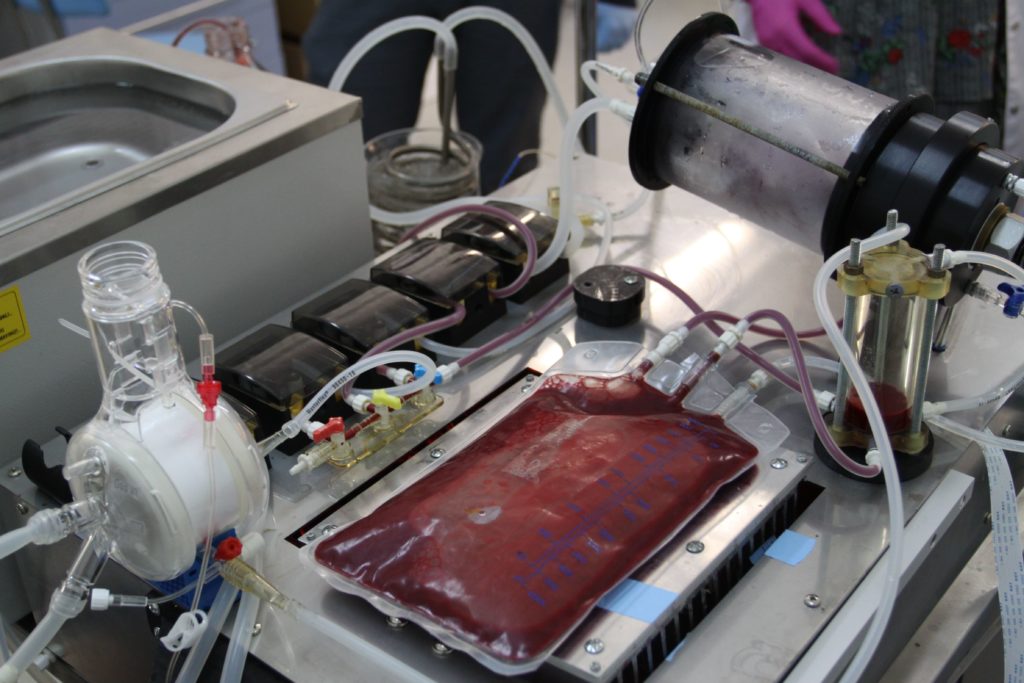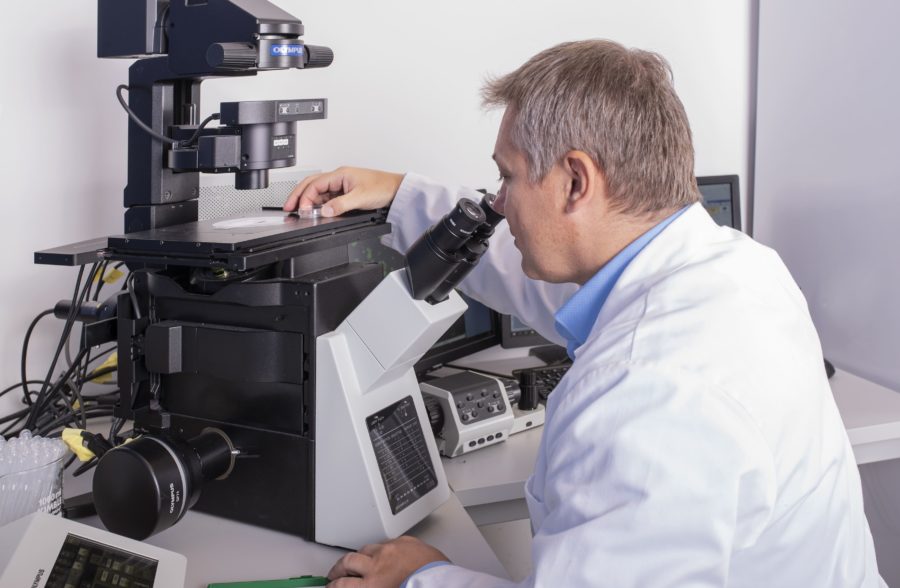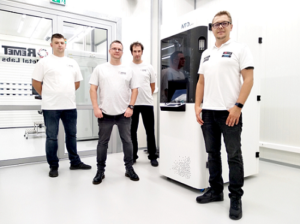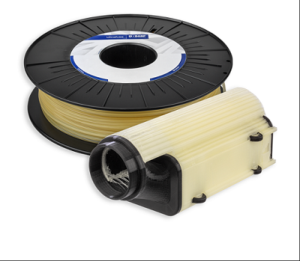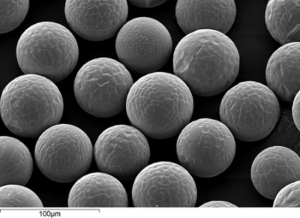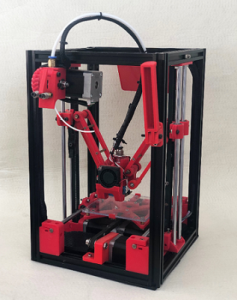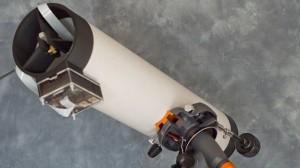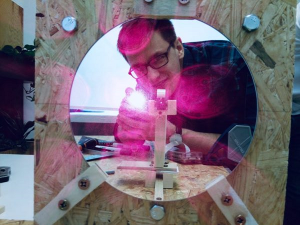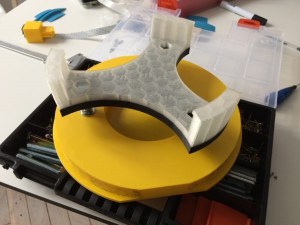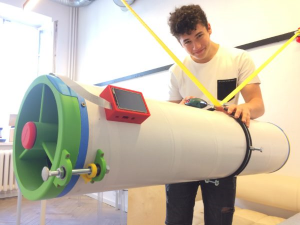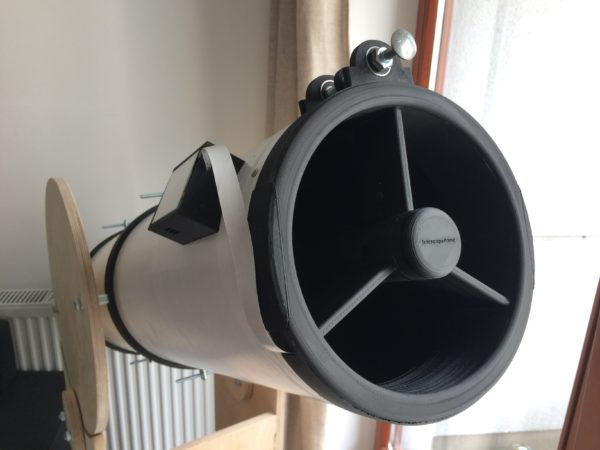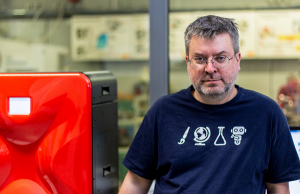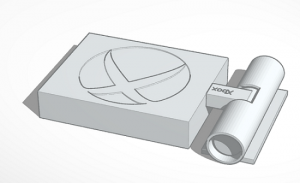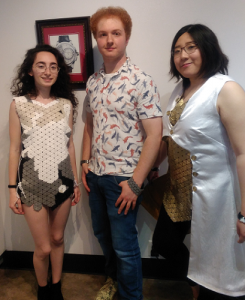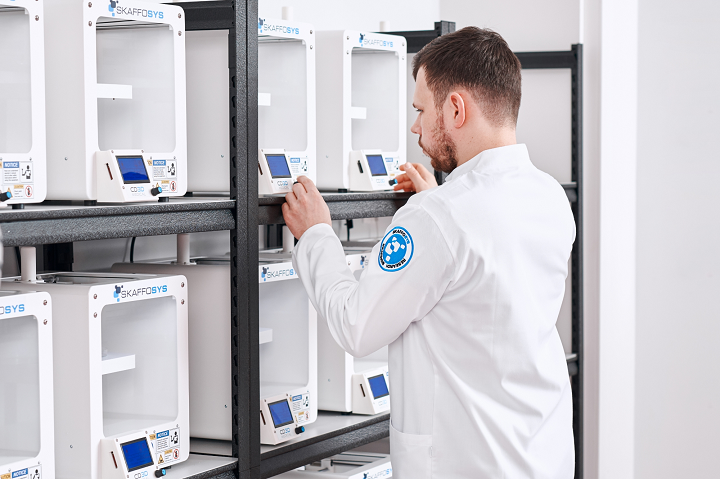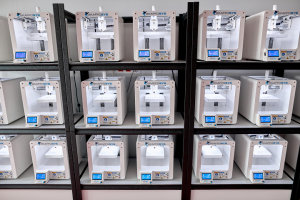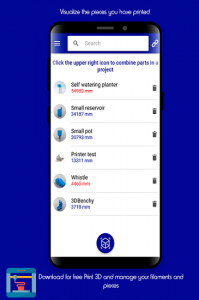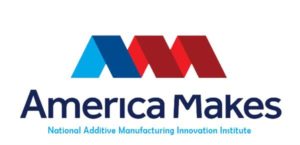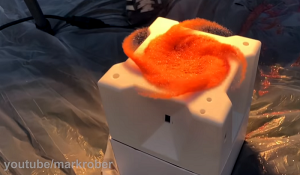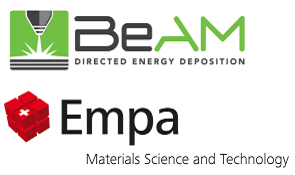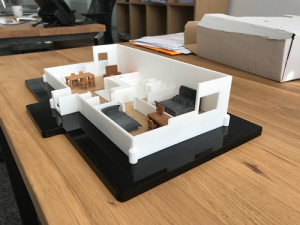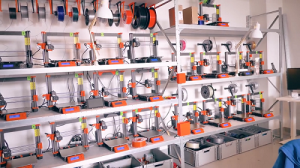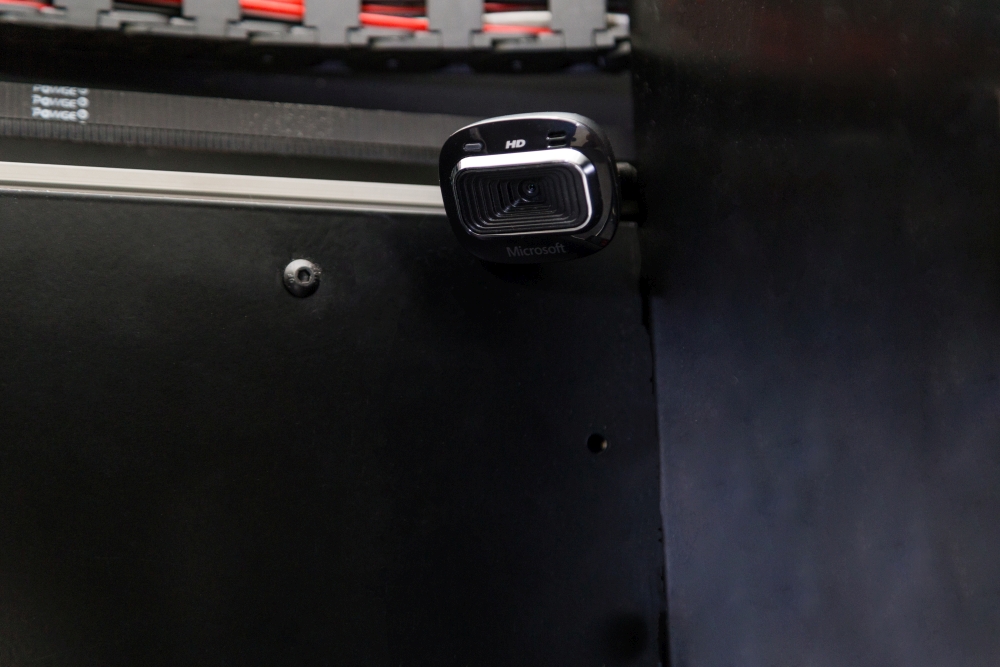 Last year, a scientific team in Warsaw, Poland, bioprinted the world’s first prototype of a bionic pancreas with a vascular system. Led by clinical transplantation expert and inventor, Michał Wszoła, the specialists seek to introduce 3D bioprinting of the bionic pancreas to clinical practices worldwide in just over three years. The work, conducted at Polbionica, a spin-off company from the Foundation of Research and Science Development, will bring to market the research to 3D bioprint scaffolds using live pancreatic islands or insulin-producing cells to create a bionic pancreas, like the bioinks, bioreactor and the g-code files necessary to print bionic pancreas.
Last year, a scientific team in Warsaw, Poland, bioprinted the world’s first prototype of a bionic pancreas with a vascular system. Led by clinical transplantation expert and inventor, Michał Wszoła, the specialists seek to introduce 3D bioprinting of the bionic pancreas to clinical practices worldwide in just over three years. The work, conducted at Polbionica, a spin-off company from the Foundation of Research and Science Development, will bring to market the research to 3D bioprint scaffolds using live pancreatic islands or insulin-producing cells to create a bionic pancreas, like the bioinks, bioreactor and the g-code files necessary to print bionic pancreas.
With more than 40 million people suffering from type I diabetes worldwide, this project holds a lot of promise. In Europe alone, seven million people are afflicted with the disease, with 700,000 of them undergoing serious complications.
The statistics alone offer a troubling overall pan of the disease. Even more so because, as Wszoła suggested in an interview with 3DPrint.com, hypoglycemia unawareness is a life-threatening complication that causes sudden death and is one of the major problems for type I diabetes; and the only method leading to a complete cure is a pancreas or pancreatic islet transplantation. But less than 200 pancreatic transplantations are carried out annually in Europe, which means that hundreds of people die while waiting for a transplant.
Polbionica is working to develop the key building blocks that support the development of the first bionic pancreas suitable for transplantation: bioink A for bioprinting bionic pancreas, bioink B for bioprinting vasculature, a novel bioreactor for growing organs, and a g-code file with specific bioprinting commands.
The company developed its own bioinks for this project and for bioprinting other organs of the body, while another bioink was used in 3D bioprinting of vessels with endothelial cells. Moreover, to carry out their research, they used Cellink‘s BioX bioprinter.
According to Wszoła, the organ based on bioprinted 3D cell-laden bioinks, functional vessels, and pancreatic islets would restore the body’s ability to regulate blood sugar levels and revolutionize the treatment of diabetes.
For now, the scientific team has the ability to bioprint a living organ of 3x5x3.5 centimeters, which consists of more than 600,000 islets equivalent that are retrieved from the donor and considered to be the suitable amount to cure a person with diabetes.
“Our next step is to replace the pancreatic islets with stem cell-derived alpha and beta cells. With this approach, the patient would not have to wait for donor cells since the pluripotent stem cells being used are derived from their own tissues,” indicated Wszoła, who is also a transplant and general surgeon. “So far, studies on animals proved that the use of established products was safe.”
“In order to reverse diabetes in humans, we need to have about one billion stem cells because efficacy to transform them into insulin-producing cells varies between 15% and 40%. I don’t believe that we will be able to solve the problem of brittle diabetes with transplantation of stem cell-derived islets (alpha and beta cells mixed into 3D organoids) alone,” he stated. “We should remember the lesson learned from pancreatic islet transplantation, whether we use original islets derived from a donor pancreas or produced from a patients’ stem cells, it will not solve the problem. In my opinion, we have to give those new islets a special nest, which involves an extracellular matrix through our bioinks and vessels with oxygen supply.”
“We expect clinical trials will be performed in Warsaw with the cooperation of our partners MediSpace Medical Centre and Warsaw Medical University. However, to begin this stage, we still have to overcome a few hurdles, like product stability, animal trials, approval from authorities as well as funding. If all that happens, just a few patients will be involved in the first stage of the clinical trial, mainly those who cannot receive any other treatment, and we have to remember that for the majority of people with diabetes, intensive insulin intake with CGM control is sufficient,” described Wszoła.
“Bioprinting can have a great impact on the development of medicine, however, like every technology, it also has some limitations. We must remember that we are handling living cells, and the stress and other conditions which cells undergo during the bioprinting process has an influence on its function. Besides, we still have to work on better materials to build organs, materials that will keep cells together and allow them to function properly, materials with special strength, viscosity, and elascity,” claimed Wszoła.
“The field of drug testing can highly benefit from bioprinitng, with our technology we are now able to bioprint different pathologic models, such as pancreatic and liver cancers, melanomas, large bowel and breast cancer. We can also mimic microenvironments within tumors, print vessels and observe them in the lab when we add drugs and perform different analysis. In short, we can give a lot of answers and have an insight on drug development like never before.”
Polbionica is implementing the project as part of the Prevention Practises and Treatment of Civilization Diseases (STRATEGMED) program, funded by the Polish National Center for Research and Development. With experts in the fields of biotechnology, chemistry, mechatronics, bioprinting, and medicine, the team is moving forward quite rapidly in an area that to date has no cure, new technology can help patients reduce the burden of managing the condition, especially with regards to measuring their blood sugar levels and administering insulin, however, breakthroughs are not common. And although still in animal trials, the team is looking forward to the day when they will bioprint a bionic pancreas with living cells and tissues using their own bioinks.
The post Polbionica Could Become the Next Success Story in Organ Bioprinting appeared first on 3DPrint.com | The Voice of 3D Printing / Additive Manufacturing.

